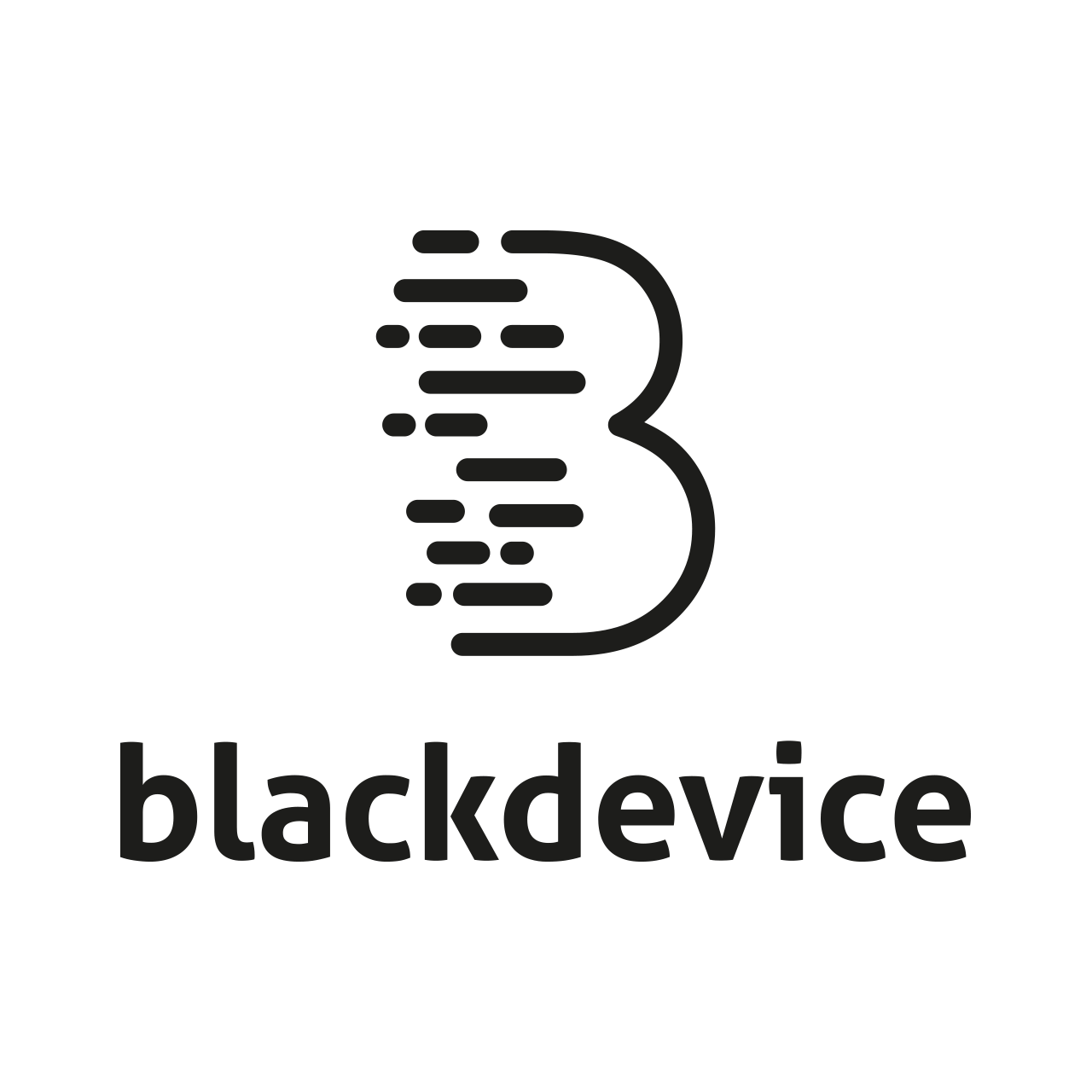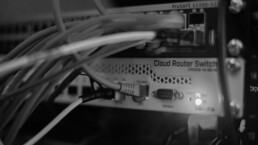Understanding MQTT: The IoT messaging protocol explained
In today’s rapidly evolving Internet of Things (IoT) landscape, efficient and reliable data exchange is key. MQTT—the standard messaging protocol for IoT—is revolutionizing how devices communicate. In this post, we break down what MQTT is, explore its fundamental components, and reveal why its lightweight, scalable design makes it the ideal choice for connecting millions of devices in real time.
What Is MQTT?
MQTT stands for Message Queuing Telemetry Transport, a publish/subscribe messaging protocol designed for high-latency or unreliable networks. Its streamlined design focuses on near real-time data delivery, making it highly effective for IoT environments where network bandwidth and small code footprints are essential. Whether connecting a single sensor or managing an entire smart city infrastructure, MQTT provides a scalable, cost-effective solution for modern communication challenges.
MQTT is the standard messaging and data exchange protocol for the Internet of Things (IoT).
The Publish/Subscribe Architecture
At the heart of MQTT lies the publish/subscribe (pub/sub) pattern, which decouples message senders (publishers) from message recipients (subscribers). This architecture is supported by a central broker that:
- Receives and Filters Messages:
The broker interprets incoming messages based on their topics and directs them only to interested subscribers. - Ensures Asynchronous Communication:
With asynchronous processing via callbacks or other mechanisms, MQTT minimizes delays, ensuring a smooth, uninterrupted data flow. - Supports Flexibility:
Subscribers simply connect to the broker without requiring direct knowledge of who publishes the messages, allowing for seamless scaling and integration.
Core Components: Client, Broker, and Connection
- MQTT Client:
Every device (ranging from microcontrollers to full servers) that implements MQTT libraries acts as a client. These clients can function as publishers, subscribers, or even both simultaneously. The client’s role is to send or receive messages through the broker. - MQTT Broker:
Serving as the communication hub, the broker handles message distribution, client authentication, session management, and overall message security. A robust broker can support thousands of simultaneous client connections, making it the backbone of any MQTT-based system. - MQTT Connection:
The protocol operates over TCP/IP, requiring both the client and the broker to possess a working TCP/IP stack. The connection initiation follows a simple handshake—clients send a CONNECT message, and after a successful negotiation marked by a CONNACK message, the communication channel remains open until a disconnect occurs.
Data Delivery and Quality Features
MQTT is lauded for its efficiency, largely due to its support for Quality of Service (QoS) levels. These levels determine the delivery guarantees—from fire-and-forget (QoS 0) to assured delivery (QoS 1 and QoS 2). Additional features such as retained messages, persistent sessions, and the Last Will and Testament further ensure that even in unreliable network conditions, the data integrity and continuity remain uncompromised.
Best Practices for Effective MQTT Implementation
To maximize MQTT’s benefits, consider the following guidelines:
- Choose Clear, Concise Topics:
Organize topics hierarchically (e.g.,home/livingroom/temperature) and avoid unnecessary characters. - Embrace the Asynchronous Nature:
Design your applications to leverage MQTT’s non-blocking communication pattern. - Implement Robust Authentication:
Secure your broker with proper client verification to prevent unauthorized access. - Plan for Scalability:
Ensure that your MQTT infrastructure can grow alongside your IoT deployment.
Conclusion
MQTT stands out as an essential tool in the IoT toolkit by offering a flexible, lightweight, and efficient messaging protocol tailored for modern digital ecosystems. At blackdevice, we utilize this protocol in many of our projects—for instance, to communicate with presence sensors in fitting rooms—demonstrating its effectiveness in real-world applications.
We invite you to explore more technical insights and innovations in our How does it work? blog series and follow our YouTube channel for more updates and tutorials. Embrace the future of IoT communication with MQTT, and join our community of tech enthusiasts and industry professionals!




